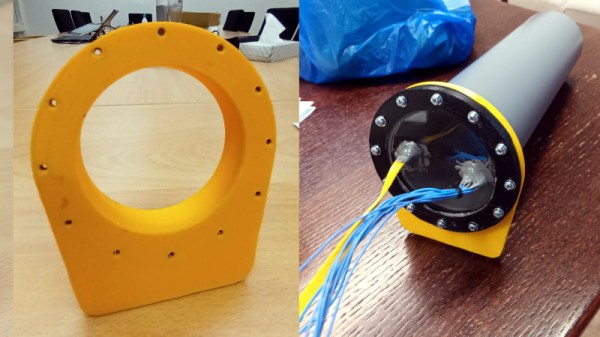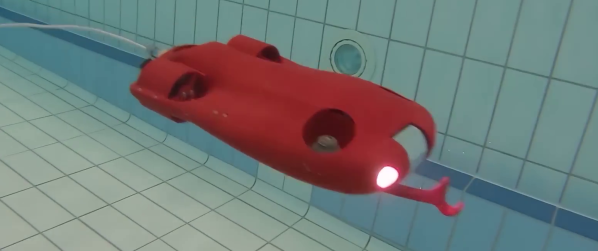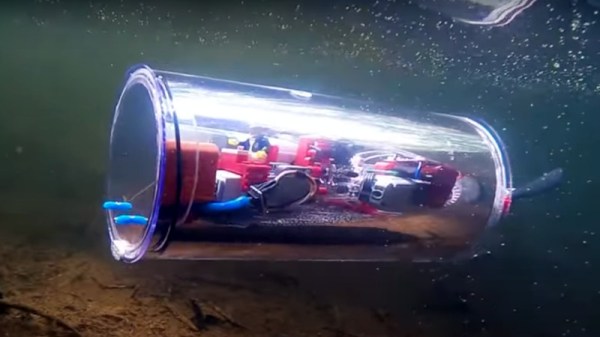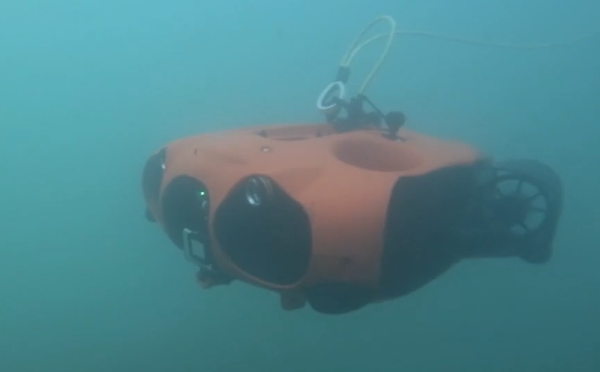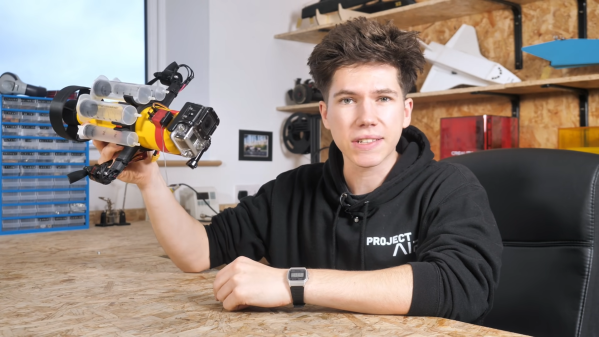The “caterpillar drive” in The Hunt for Red October allowed the sub to travel virtually undetected through the ocean, but real examples of magnetohydrodynamic drives (MHDs) are rare. The US Navy’s recently announced Principles of Undersea Magnetohydrodynamic Pumps (PUMP) intends to jump-start the technology for a new era.
Dating back to the 1960s, research on MHDs has been stymied by lower efficiencies when compared with driving a propeller from the same power source. In 1992 the Japanese Yamato-1 prototype, pictured at the top of the page, was able to hit a blistering 6.6 knots (that’s 12 kph or 7.4 mph for you landlubbers) with a 4 Tesla liquid helium-cooled MHD. Recent advances courtesy of fusion research have resulted in magnets capable of generating fields up to 20 Telsa, which should provide a considerable performance boost.
The new PUMP program will endeavor to find solutions for more robust electrode materials that can survive the high currents, magnetic fields, and seawater in a marine environment. If successful, ships using the technology would be both sneakier and more environmentally friendly. While you just missed the Proposers Day, there is more information about getting involved in the project here.



